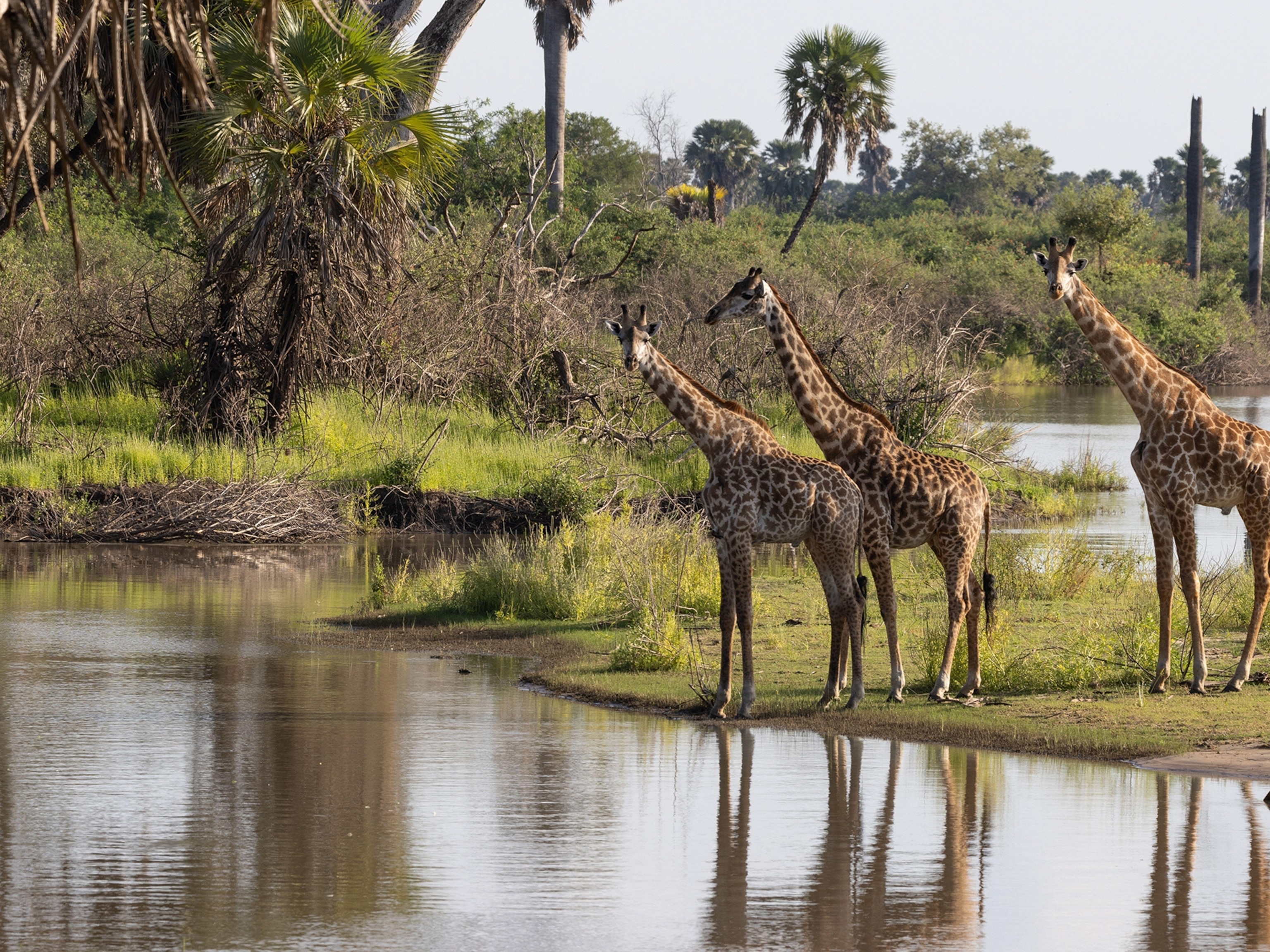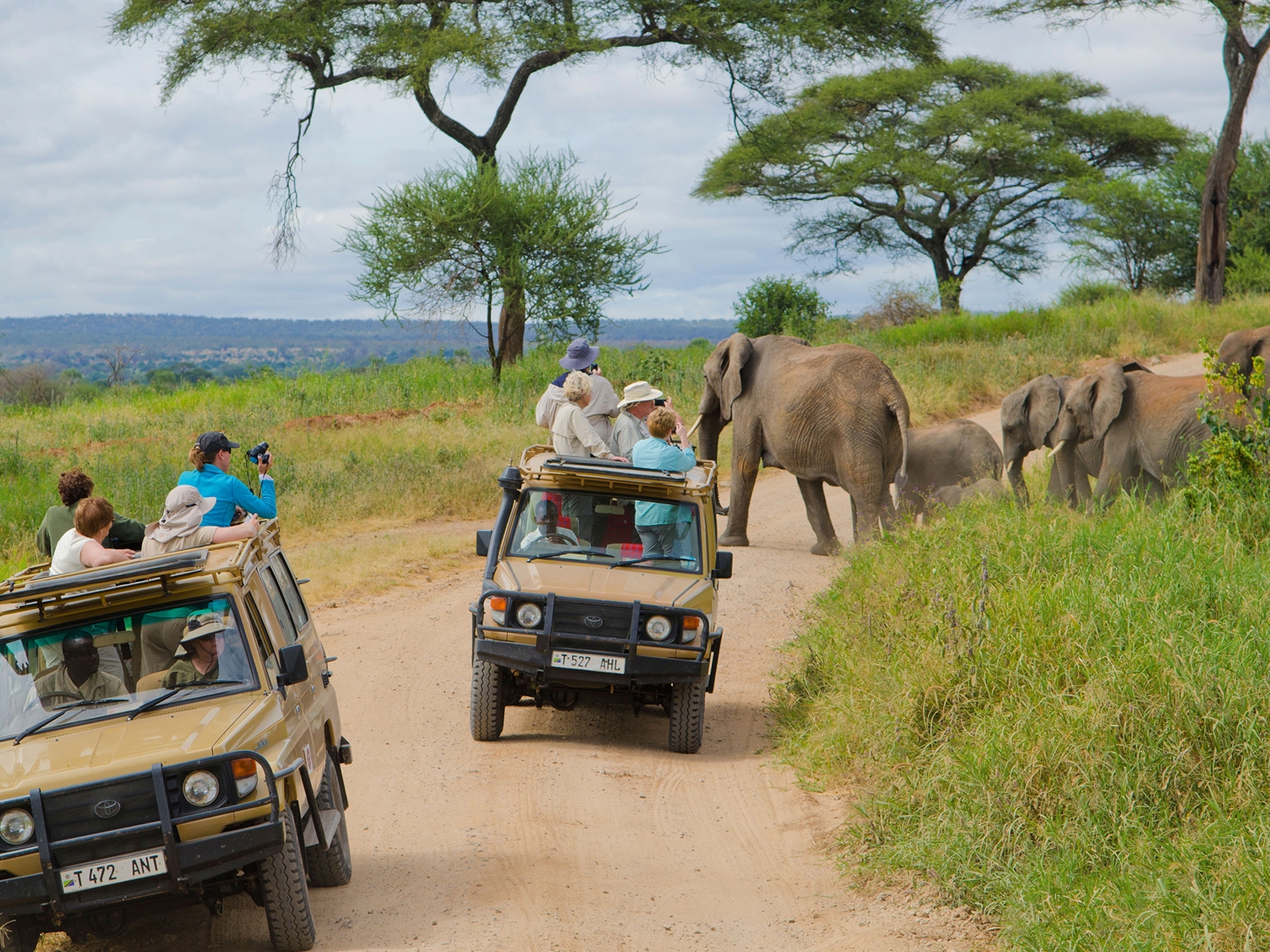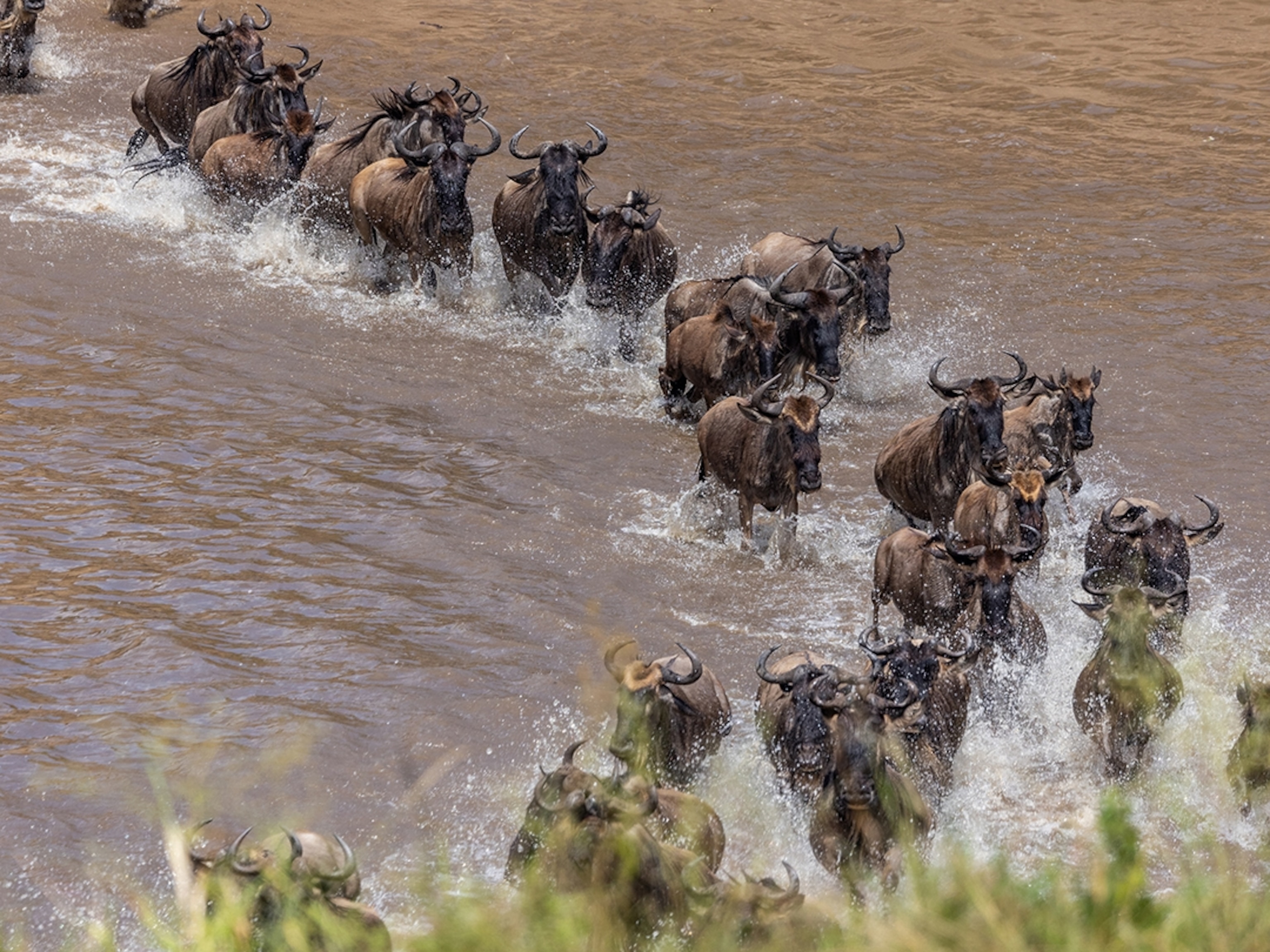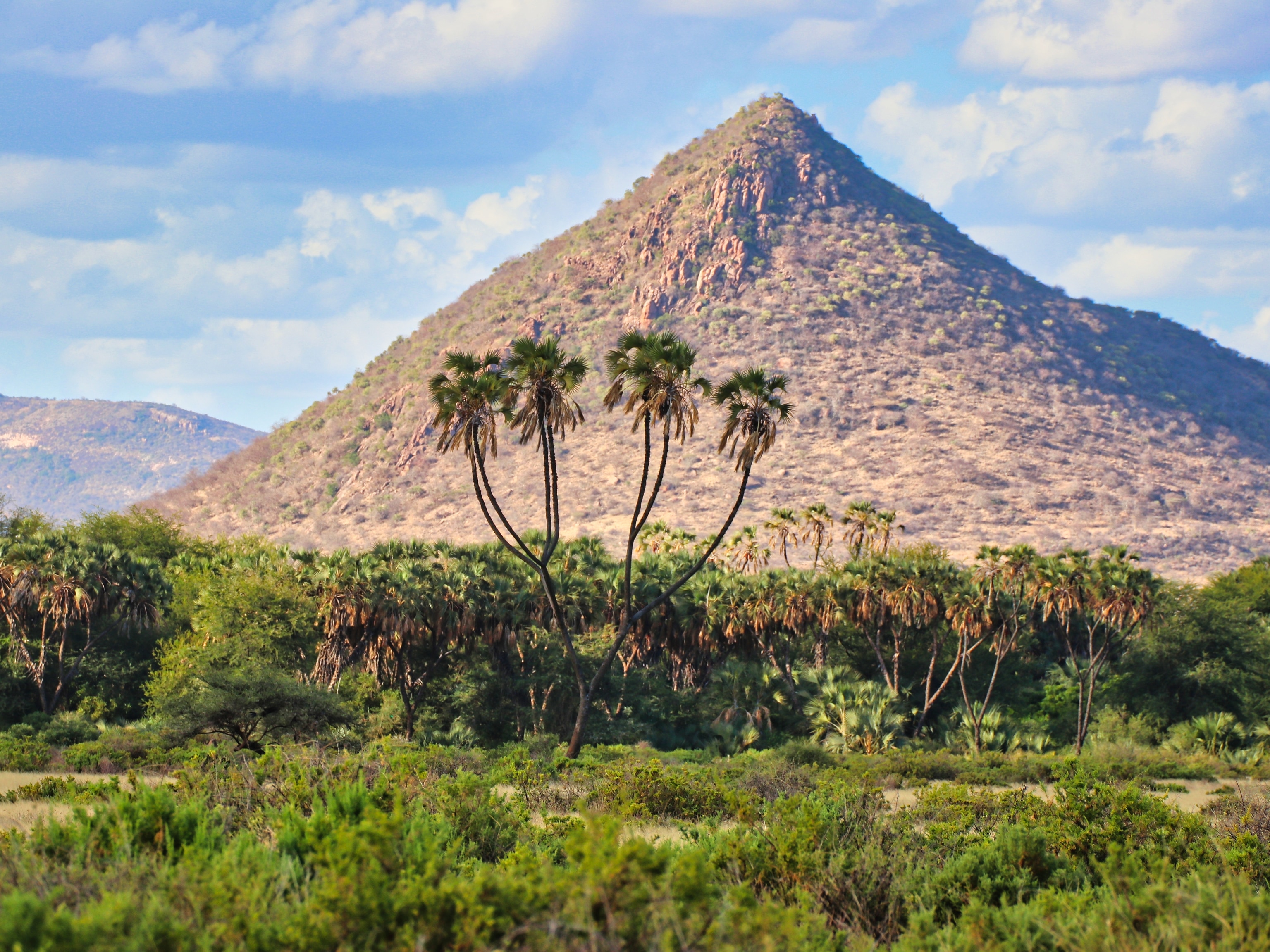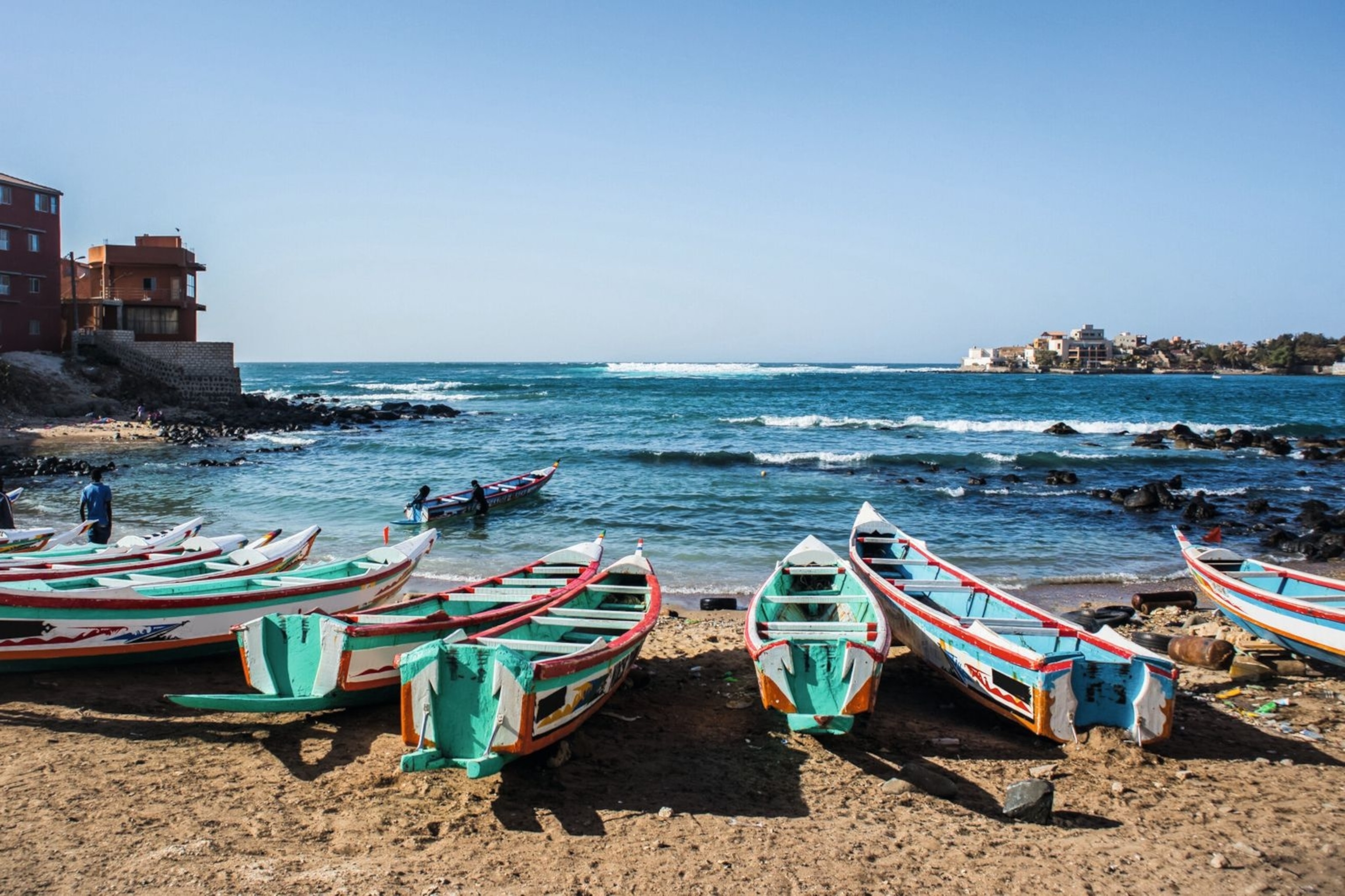
West Africa's wonders: a safari along Senegal's wildlife-rich coast
Africa’s vibrant west coast offers unique wildlife wonders, from sea turtles and coral reefs to encounters with Senegal’s brilliant birds.
I’ve seen plenty of vultures on safari, but I’ve never seen a pair of hooded vultures squabbling over a find on a beach. The prize at stake is a puffer fish, delivered by the tide. Bloated and covered with spines, it’s gruesome, even by vultures’ bloody tastes. But the twosome are so engrossed, they barely register me as I approach. I settle down to watch, while gulls and terns swoop and dive over the surf in the background.
“Pretty impressive, don’t you think?” says a passing boat-builder, heading for the spot where fishing pirogues are crafted and painted, further down the sands. “They’re our clean-up squad. We often see them here. Turtles and dolphins get washed up from time to time. Sometimes even whales, too.”
Had I been scouring an East African savannah in a four-wheel-drive, I probably wouldn’t have stopped for such a sight. I’d have urged my guide on in search of wise-eyed elephants, or stiff-tailed warthogs, or a leopard kill draped over a branch in a tree. But I’m in West Africa — and because gulls, terns and these pink-faced, chestnut-backed scavengers are as emblematic of Senegal’s wild and beautiful Atlantic coastline as The Jungle Book’s lugubrious vultures are of their skeleton trees, this little scene has me hooked. It was only in 2021 that the first scientific paper describing beach-feeding Senegalese vultures was published. Finding these ones all by myself has made my day.
I’m on a do-it-yourself nature walk in Casamance, wandering along the beach before heading into the swathe of wetlands and gardens slightly inland. Ethnically and geologically a single region, Casamance and southern Gambia are rightly famous among birdwatchers in the know. They’re bounded by the mighty West African Gambia and the Casamance rivers that create a rich web of tidal and freshwater habitats, supporting hundreds of local species and reviving migrants after their long, perilous journey across North Africa and the Sahel. But while in The Gambia it’s easy to hire a bird guide, here in Casamance, they’re thin on the ground, and the official bird sanctuary, Kalissaye Avifaunal Reserve, is barely visited at all. With the separatist troubles that have been simmering in the background since the 1980s never quite resolved, the Casamance safari industry, once promising, never really stood a chance.
But with hope in the air that the troubles may soon be over, southern Senegal’s prospects as an ecotourism destination are finally looking bright. In the meantime, an independent trip is the way to go. Invaluable though specialist guides and lodges can be, it’s perfectly possible to make do without: I’ve simply booked a room at a quiet, rustic guesthouse on the blissfully sunny coast, and set out with eyes and ears peeled.
I’d hesitate to call myself a bird nerd; much less, a twitcher. At home in England, I have less patience with the whole thing — our birds are too familiar, perhaps, or too elusive, or too drab, and we don’t always have the best weather. But in Africa, birdwatching has delivered some of my happiest moments. And in Senegal, so many birds are large, colourful, musical or just cute, the rewards seem that much greater; and with the country home to 691 species of bird there’s a great chance of spotting plenty, too.
When you’re exploring a habitat that’s ultra-biodiverse, it’s easy to get hung up on identification. But instead of obsessing over whether one fabulous creature is called a beautiful or splendid sunbird, and whether the call I’m hearing is a yellow-throated leaflove or a yellow-billed shrike, I try to enjoy each sight and sound as it comes. I’ve learned enough about birdwatching to know that it’s when you put the ticklist away that the fun stuff really starts.
How to do it
The Gambia Experience offers seven-night stays at Esperanto Lodge in Casamance in Senegal, from £899, including B&B, flights from Gatwick to Banjul in The Gambia and onward road transfers. Visit in Senegal’s rainy season, June to September, and between thunderstorms, you’ll see hear birds singing their loudest, resplendent in their breeding plumage.
Published in the Jul/Aug 2022 issue of National Geographic Traveller (UK)
Follow us on social media
Facebook | Twitter | Instagram

